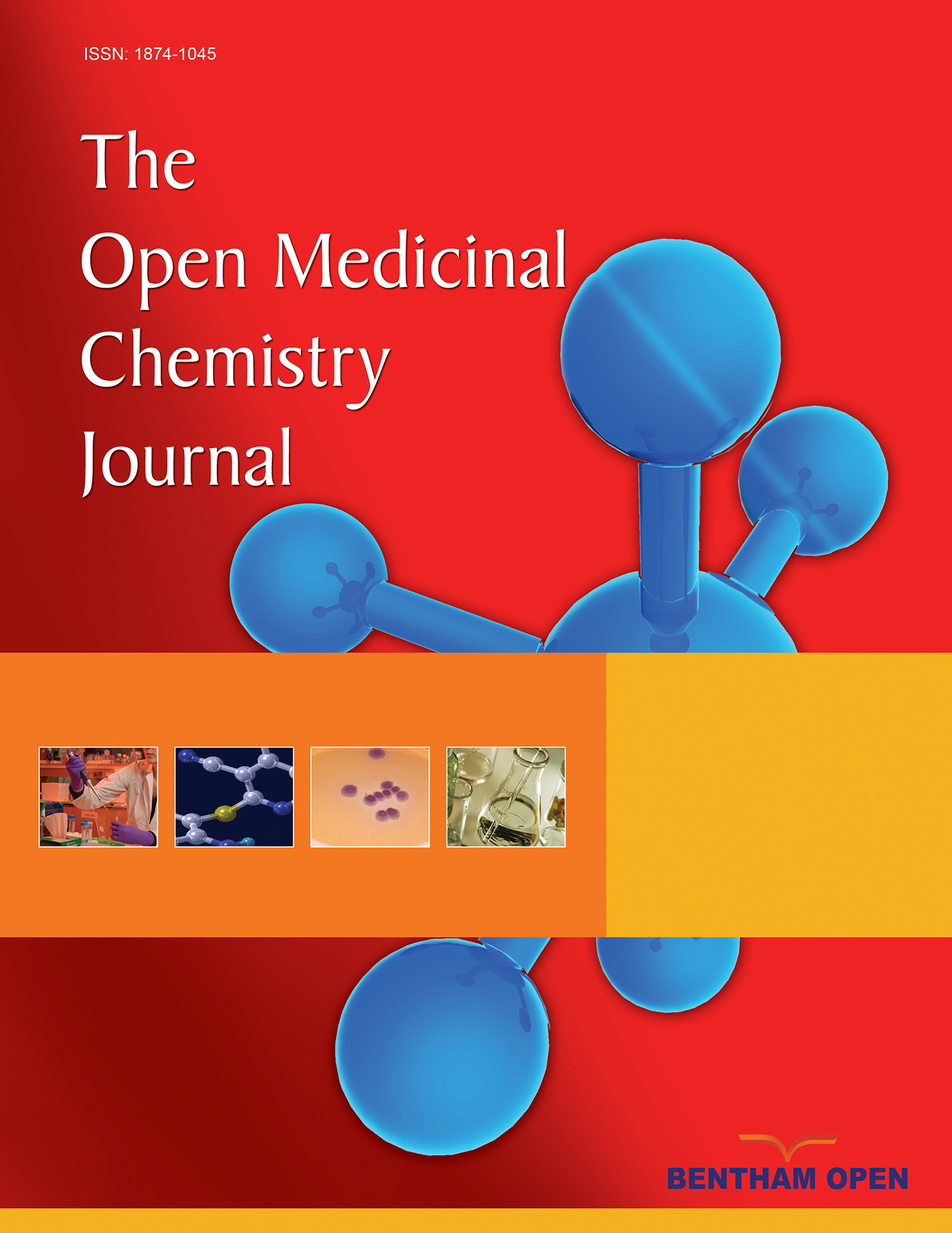All published articles of this journal are available on ScienceDirect.
Synthesis, Characterization, Antimicrobial and Antioxidant Activities of The Homocyclotrimer Of 4-Oxo-4h-Thieno[3,4-C]Chromene-3-Diazonium Sulfate
Abstract
The in situ formed 4-oxo-4H-thieno[3,4-c]chromene-3-diazonium sulfate (5) in the coupling reactions involving the parent 2-aminothiophene (4) and various phenolic and arylamines’ couplers, readily undergoes homocyclotrimerization at low temperature to afford in fairly good yield the first ever reported eighteen member ring heteroaromatic holigomer 6. Compound 6 was fully characterized by its elemental analysis, IR, UV-Vis, 1H-NMR, 13C-NMR and HRMS spectral data. The HMBC and HSQC techniques were used to ascertain the structural assignments. A comparative study on the antimicrobial and antioxidant activities of compounds 3, 4 and 6 was carried out to assess the SAR due to the transformations (from 3 to 6 via 4) on the tested compounds. It was found that compounds 6 and 4 were respectively the most active compounds against bacteria (MIC = 32-64 μg/ml) and yeasts (MIC = 16–64 μg/ml). Compound 6 also showed high radical-scavenging activities and ferric reducing power when compared with vitamin C and BHT used as reference antioxidants.


